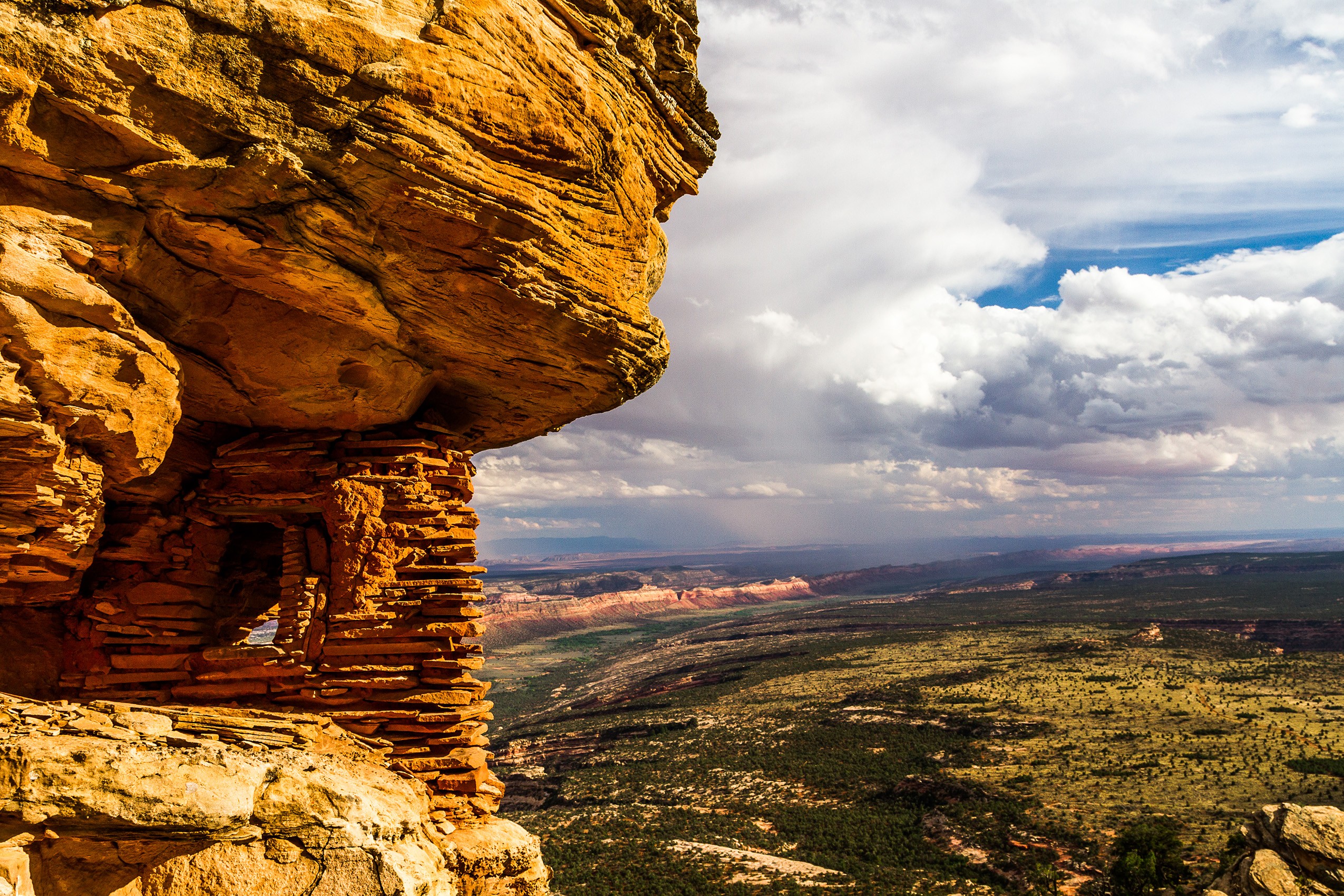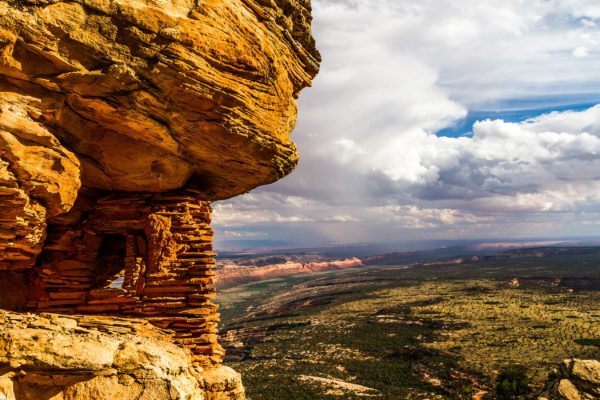
06 Jun Mountainfilm, Bears Ears, & Protecting National Treasures
We all know by now, especially those of us fortunate enough to live in the Telluride region, that nature is good for us. If we did not know, then we had Florence Williams in town to tell us so. Williams was a guest at the dearly departed, game-changing gathering of the tribe known as Mountainfilm, where she talked about recent findings disclosed in her latest book, “The Nature Fix.”
There is an evolving science – nature neuroscience to be exact – which focuses on the impact on our minds and bodies of being outdoors and suggests that regular exposure can now take its rightful place next to kale, aerobic exercise, yoga, and meditation as one of the newest – and oldest – miracle cures, an antidote to the modern malaise of stress and screen addiction and the secret to a longer, happier, healthier, more creative life.
The Shoff family needs no reminding of that fact however. Outdoor adventures are part of their program.
But our climate-denying, fossil-fuel loving prez remains clueless.
Which is why national treasures such as the Bears Ears National Monument are under threat of exploitation.
Below is a recent article by Emily Shoff, a sometimes contributor to Telluride Inside… and Out, which appeared in late March in USA Today. Her subject is a family trip to Bears Ears, its leitmotif the need to protect and preserve the breathtaking beauty of the remaining wild places in our country,”America’s Best Idea” (Wallace Stegner).

Amidst the many discussions of the Bears Ears National Monument, there are few depictions of what it’s actually like to experience the place. For my family, this newly designated monument in Southeastern Utah and its network of canyons, ruins, and hidden springs is our weekend escape. Where we live, high in the San Juan Mountains of Colorado, winter breathes its frosty breath deep into June. Yet down canyon, a few thousand feet lower and a mere 3-hour drive away, cottonwoods bloom in March and spring temperatures hover right around 70 degrees before rocketing skyward during the summer months.
When it’s still snowing sideways in Colorado, we head to the Bears Ears to go backpacking. As our girls are only 7 and 10, the first hour of every trip is usually filled with complaints of sore shoulders and tired legs. But after a few Skittles stops (no wilderness adventure is complete without candy), we forget about our discomforts and focus on the place before us.
It usually starts when someone finds a pot shard or spies a ruin, both of which are as common in this section of Utah as roller coasters are in amusement parks but which still provide the same kind of thrill. Or maybe it just starts when we finally shrug off the thorns of our busy lives — for me and my husband, the stress of running and teaching at an independent school; for my girls, the fatigue of growing up.
On our most recent trip, it was my 10-year-old, Siri, who finally released the pressure valve. She had just come off a school trip, was exhausted and as such, had been whining heartily for the past hour. We stopped to rest in the shade just as the light was beginning to settle westward: “Oh, wow,” she said, propping herself up, “it really is a beautiful place.”
We peered into the canyon that opened to the south, its curves in the cinnamon light as sensuous and soft as those in a painting. Except that it wasn’t an impression of beauty. This was the real thing: genuine sandstone and genuine family time, uncluttered expanses carved out of a cluttered life.
Our evenings in the Bears Ears fall into a predictable routine. After a simple dinner, we find a place to watch the sunset and dangle our legs over the undulating rock. We nibble chocolate (candy!) and flop out our pads and sleeping bags. We rarely bring tents, preferring the ease of lighter packs, and we wait for the stars to appear, while telling stories.
Every so often, we hear a plane or the voices of others enjoying this pocket of Utah, but mostly we have the place to ourselves, our ears filled with a resounding quiet, a quiet punctuated only by the occasional calls of ravens as they drift from one canyon wall to the next.
President Trump’s recent April 26th order pledges a review of all national monuments established since 1996, which includes not only this monument but also its lovely twin to the west: Escalante.
But instead of “reviewing” such monuments — code word for their elimination and subsequent oil drilling — we should instead be examining what else we can save…


Sorry, the comment form is closed at this time.